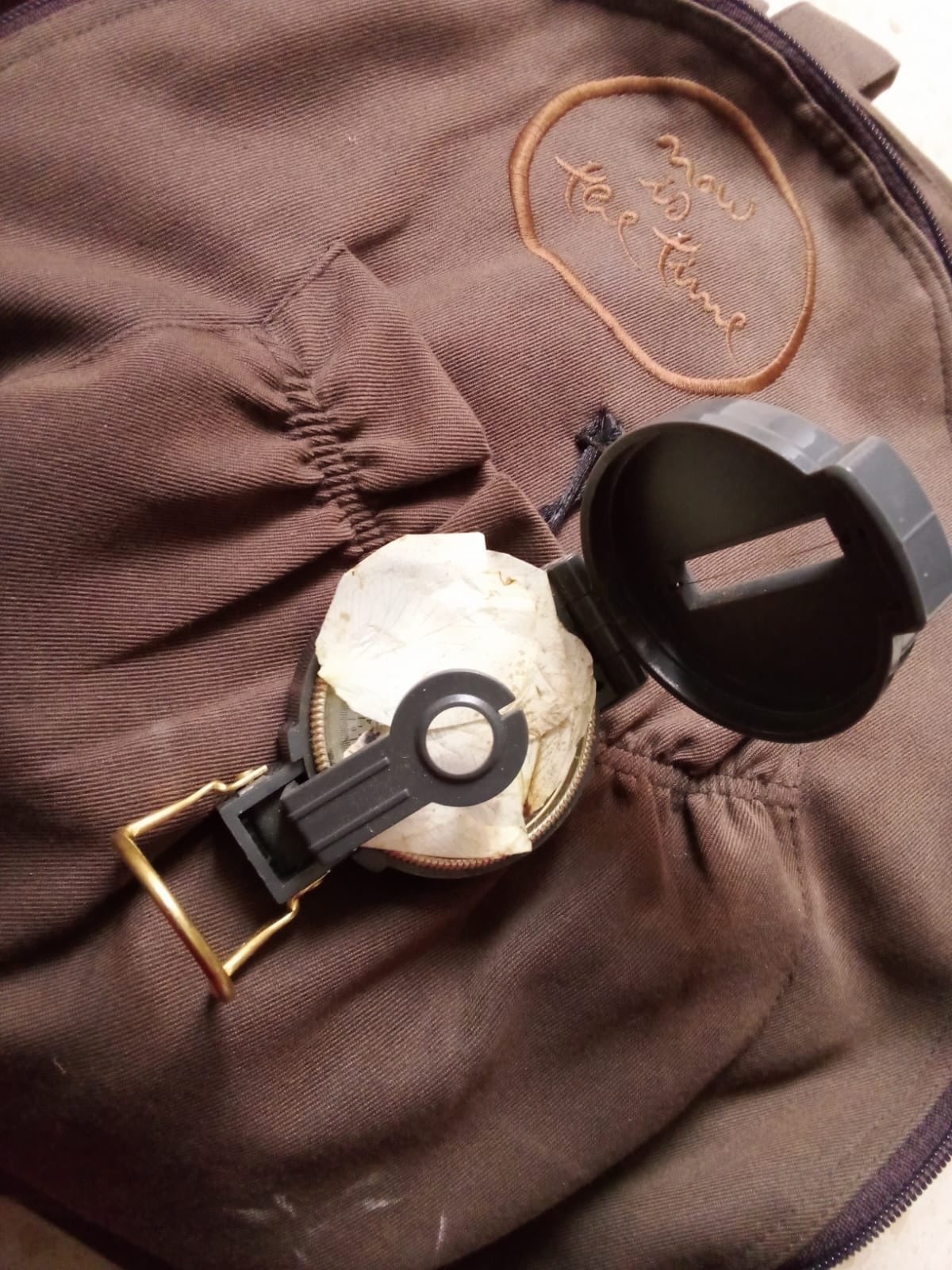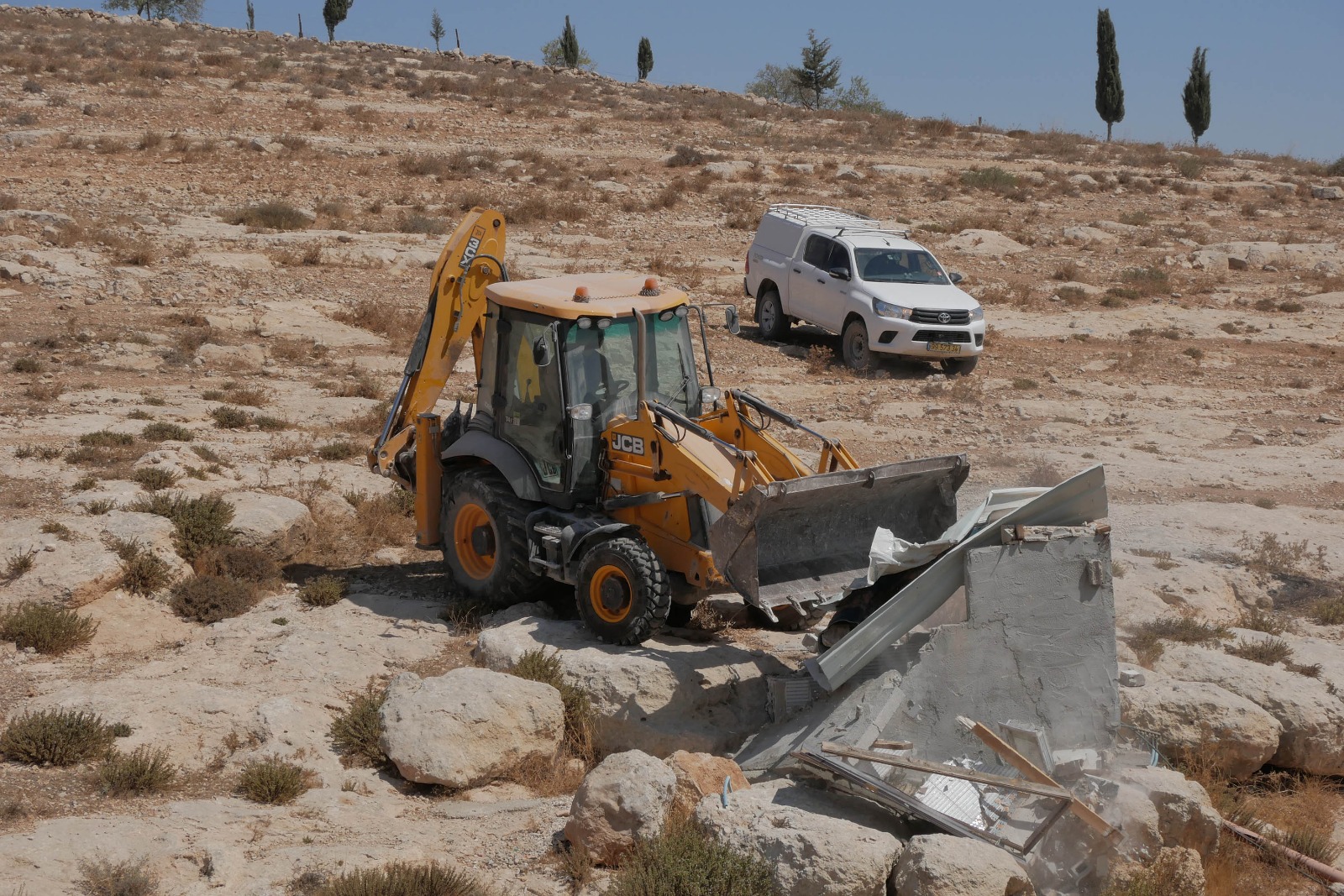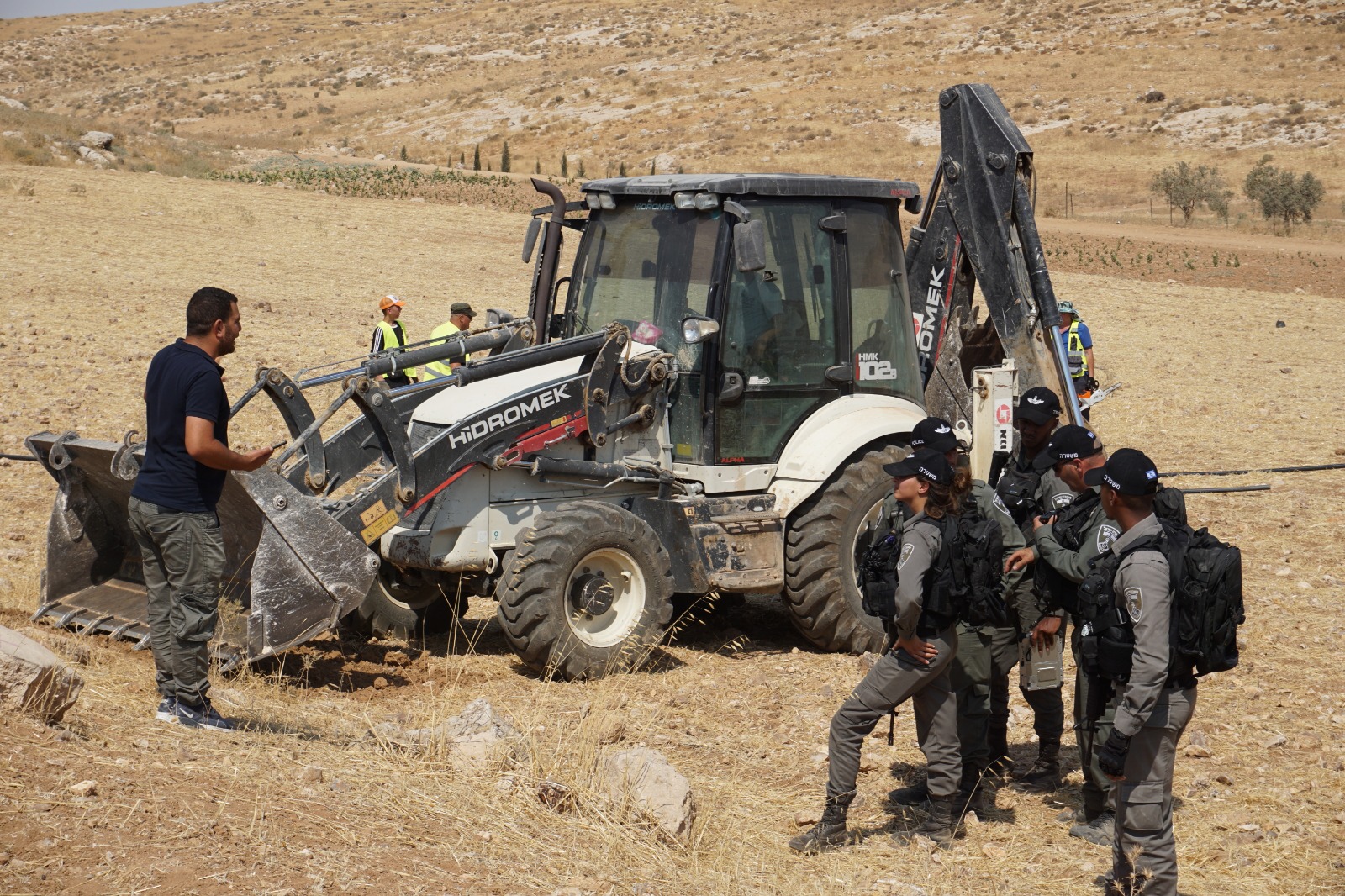Tag: Eviction
-
White Roses
When I came to Palestine, I brought with me a compass. And when I open it, covering up what would point me north to find my way is white rose petals. The White Rose Society was a group of people in the center of Nazi Germany who maintained their humanity amid the inhumanity around them…
-
Statement on “postponement” of Regavim London talk due to activist pressure
Yesterday, UK Lawyers for Israel (UKLFI) announced the “postponement” of a talk by extremist pro-settler group Regavim in London due to opposition from British, Israeli, and Palestinian activists. Regavim, which receives funding from the Israeli government, is not only anti-Palestinian and openly racist, but also lobbies for the ethnic cleansing of Palestinians from the West…



